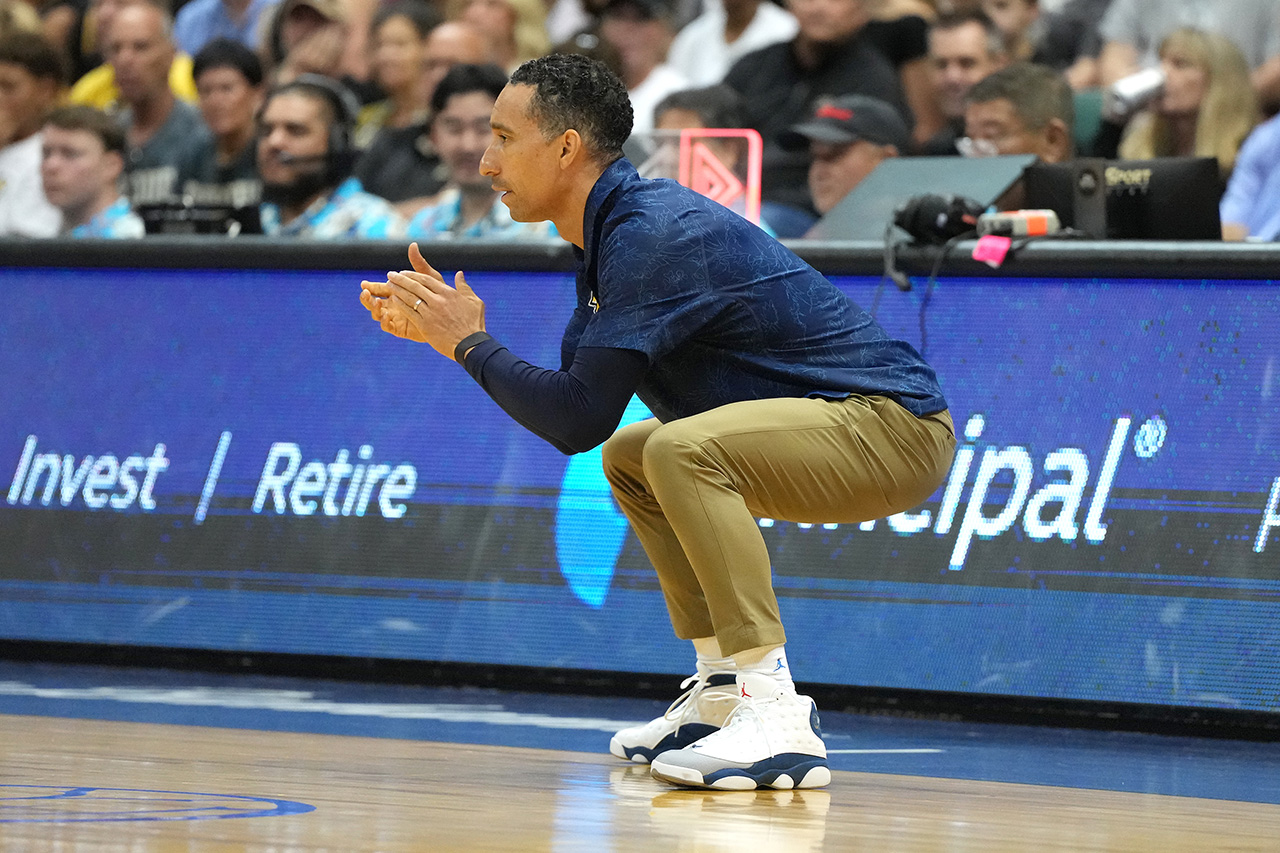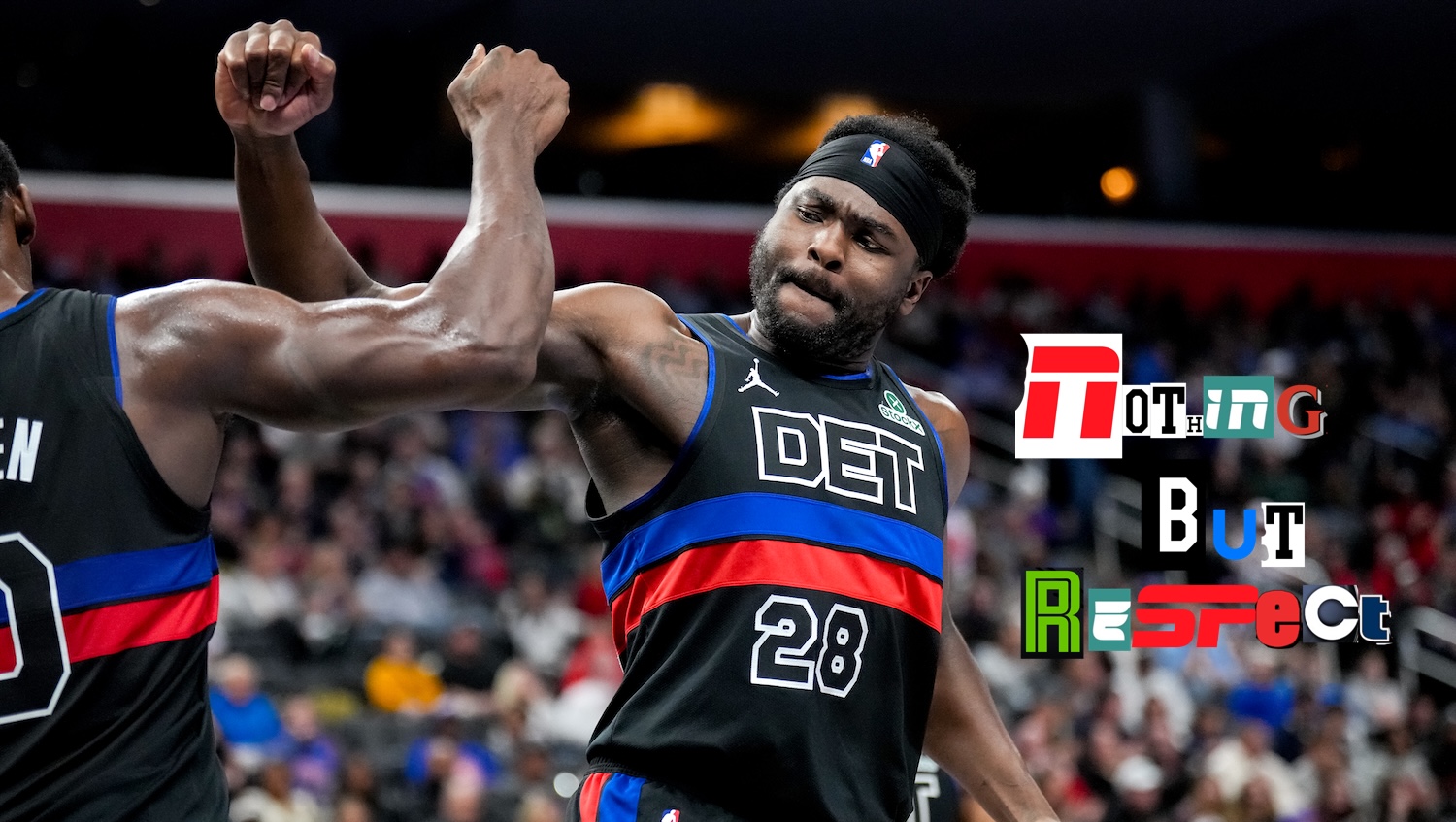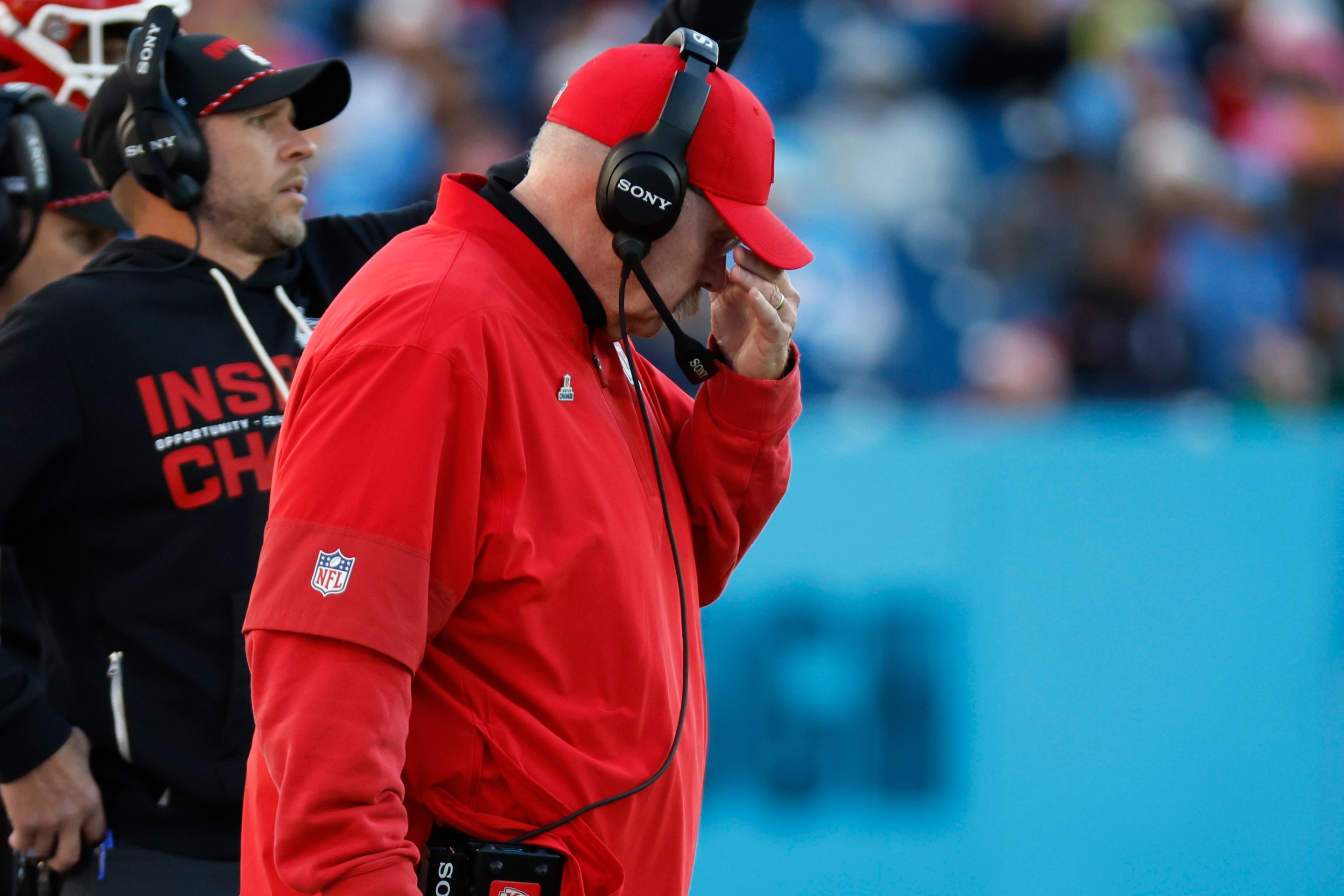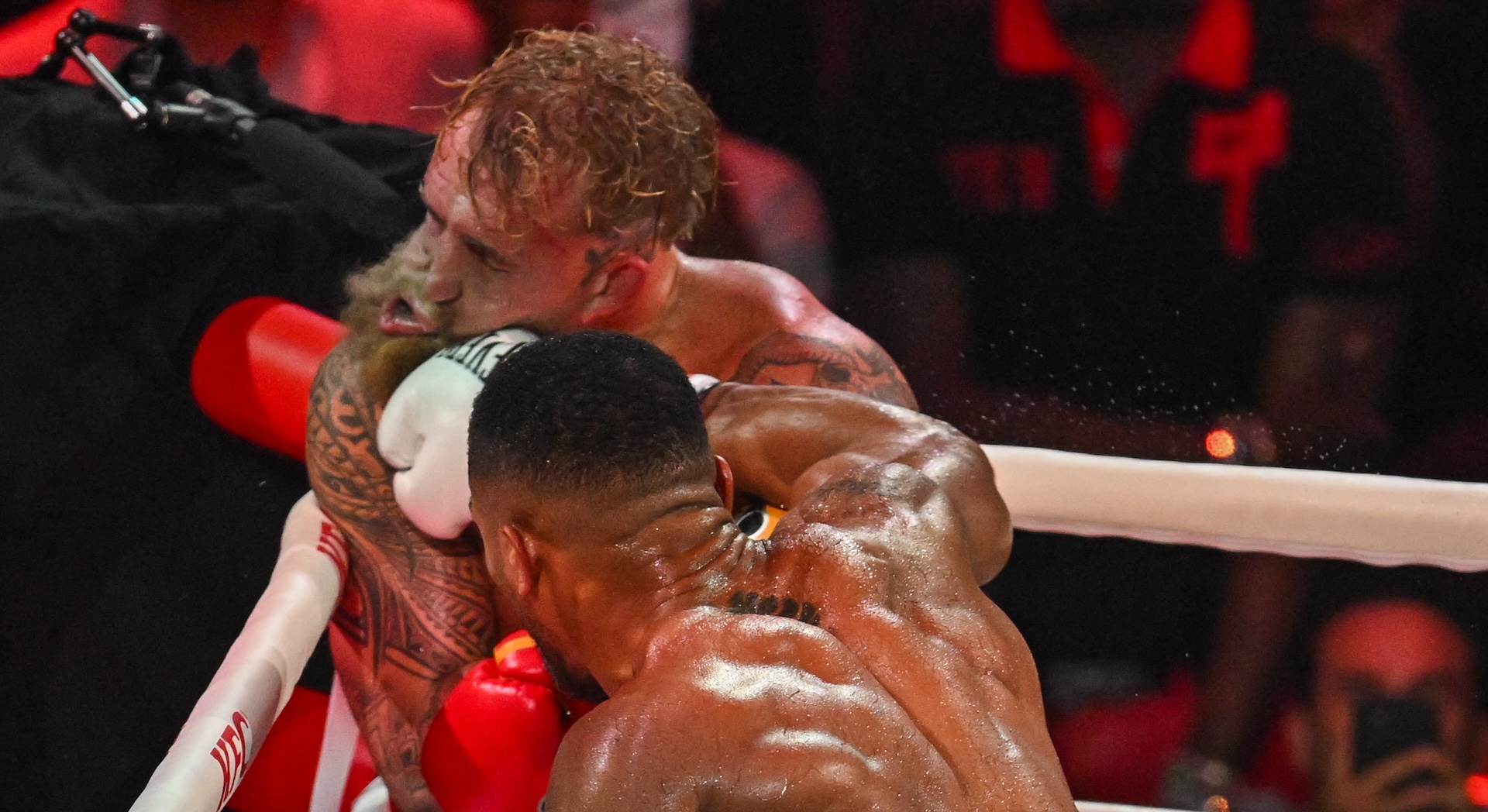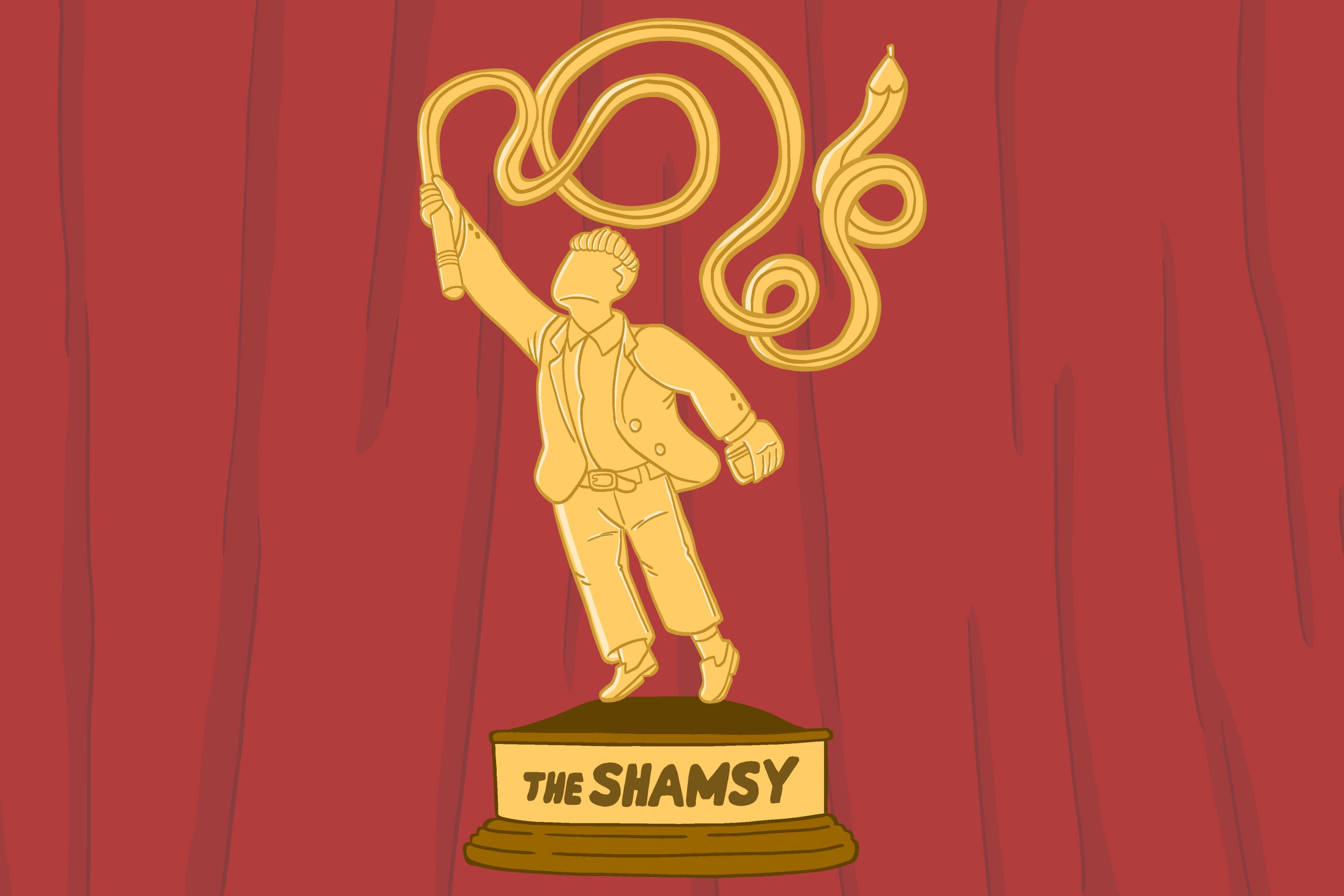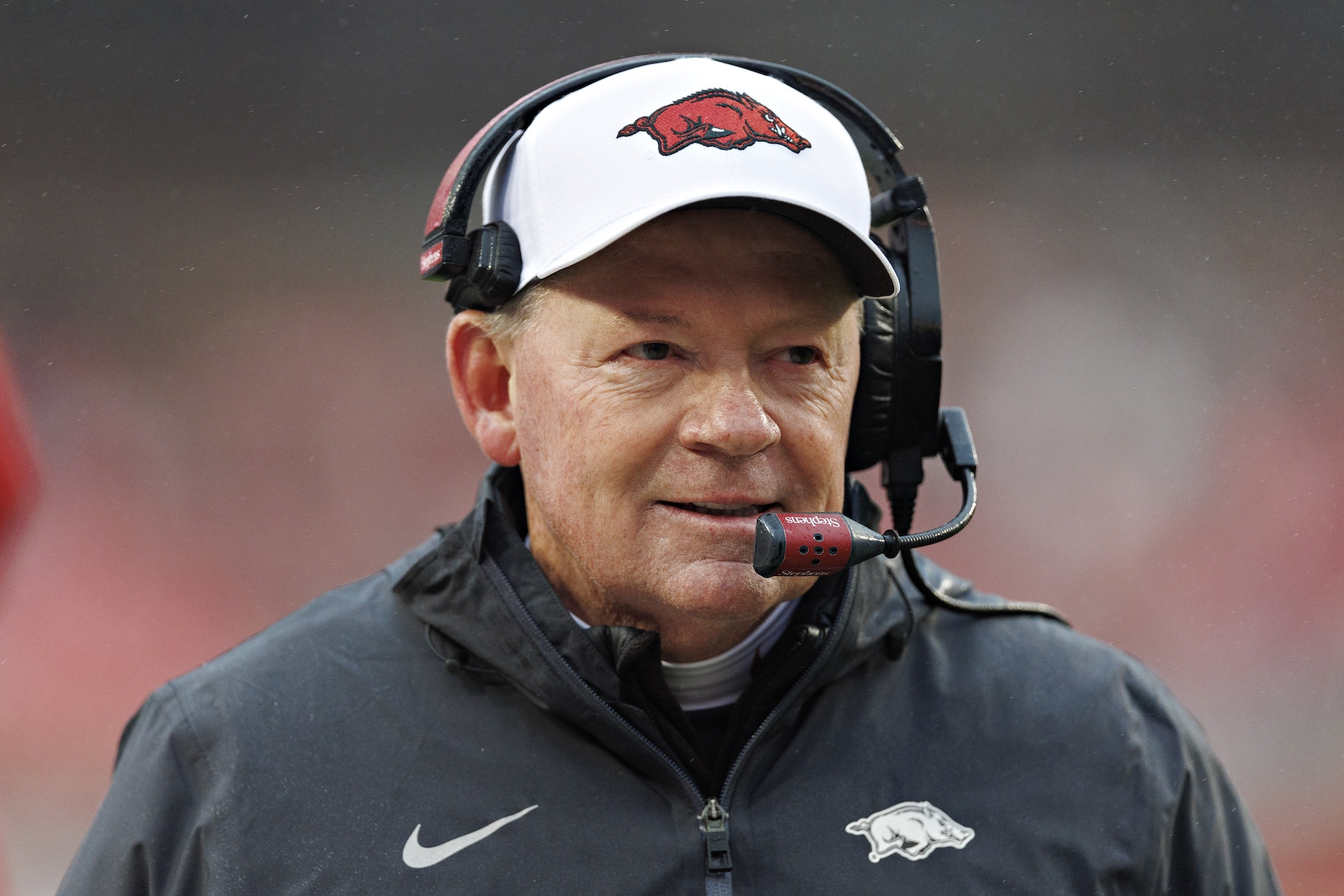Coaches have no doubt been running onto the court since the invention of the profession. But in recent years the trend in college basketball seems to have taken one more step outside of the coaches box: They are on the court, next to players, and sometimes basically look like they’re playing defense.
Rules against the practice go way back. The International Association of Approved Basketball Officials instituted a new “bench decorum” rule before the 1971 college basketball season, and it was not the first time coaches had been instructed to stay off the court. In the 1970 season, Duke coach Bucky Waters and assistant Hubie Brown wore seat belts on the sideline in order to avoid rushing onto the court and getting techs. But the 1971-72 rules included stricter protocols: Coaches were forbidden from attempting to influence a ref's decision, and only team captains were allowed to talk to refs. “Rule 10, Section 9 does not intend to prohibit friendly relations between coaches and game officials,” IAABO head Stewart C. Paxton said. “Rather, it is intended to deter and eliminate undesirable decorum from occurring. Undesirable decorum has no place in the game nor should it ever be tolerated.”
Toleration of undesirable decorum continued. Before the 1984 season the NCAA added a coaches’ box, a designated area for coaches to wander. Despite a 28-foot box to roam inside, coaches were not happy. “The coaches’ box is anti-energy,” Manhattan coach Gordon Chiesa said. “It penalizes the guys with energy.” N.C. State’s Jim Valvano sounded ominous: “I think I’m going to go home and yell at my wife and kids a lot more, because it’s a stupid rule.”
Marist’s Matt Furjanic earned his first tech for leaving the box five games into the year. “I don't have a real strong voice and I have a lot of young players, new coaches, new system,” he said. “I have to stand at the line like a child and give instructions at the opposite end of the court and they can’t hear me.” Not everyone was whining. “I think there’s been an overreaction by coaches in this area against the box,” Fordham coach Tom Penders said. “It is a much better situation for officials and it’s a good rule which puts the emphasis on coaching not complaining.”
The complainers won. The coaches box is 38 feet now. In 2014, thirty years after the coaches box rule was instituted, NCAA officiating coordinator John Adams told The Wall Street Journal that he’d watched 160 games that season. He saw just one warning of a coach for being outside the box. Watch most men’s college basketball games this season and you’ll see coaches not just leaving the box, but wandering onto the court. Maybe they all have weak voices like Furjanic.
In the last few years, coaches have gotten even more bold. They are basically on the court defending. In the NBA, Memphis Grizzlies coach Taylor Jenkins got a technical for running in front of the Lakers’ Taurean Prince while protesting a non-call. But college coaches are a bit more sly, and generally avoid much but a talking-to. There is plenty of college coach defense. Last year Southern coach Sean Woods cut off drives along the baseline in a game against Xavier, and Mississippi’s Kermit Davis Jr. was on the court next to a player from Arkansas. That both these coaches were fired in the offseason has not stopped the practice.
Despite my best efforts, I have not been able to watch every men’s college basketball game this year. But I have seen quite a few instances of coaches running onto the court as if they’re defending. Two came last week! I always wonder if they’re playing sound defense, so I decided to do a little analysis. For help, I’ve enlisted an anonymous NCAA basketball coach who agreed to provide me with some defensive analysis.
Archie Miller, Rhode Island
Game: Rhode Island at Dayton, Jan. 20
Situation: Literally the first possession; 12:45 left in the first half
Score: None, as the game just started; Dayton up 19-7
Play Result: Dayton baskets both times
Game Result: Dayton 96, Rhode Island 62
Archie Miller, the Flyers’ coach from 2012 to 2017, was active from the opening tip on his return to Dayton. He and Luis Kortright (a player) basically attempted to trap Javon Bennett to open the game. He was not the primary worry on the play; Miller did not want Bennett to get an inbounds pass to Dayton star DaRon Holmes II. He was right to be concerned. Holmes got the entry pass and hit a turnaround jumper.
In the second clip, Miller is on the court as Dayton runs a fast break and gets right in the way of Dayton’s Koby Brea. Two Billikens defenders closed in on Brea, too. This did not end well for them: Brea found Holmes for an easy dunk.
Coach Analysis: “Miller is in a good stance in this first clip—low with a wide base—but at first I worried he might be a little flat-footed. Those fears were diminished in the second part: His close out was better than his own player’s!”
Shaka Smart, Marquette
Game: Creighton at Marquette, Dec. 30
Situation: 3:30 left in the first half
Score: Tied at 26
Play Result: Creighton turnover
Game Result: Marquette 72, Creighton 67
Shaka Smart is well known for his sideline antics dating back years. Against Creighton this year, he and David Joplin (a player) trapped Baylor Scheierman when he had the ball at the three-point line. And it worked! Scheierman drove into the lane and threw the ball away.
Coach’s Analysis: “Shaka, man, what can you say! Look at him: Low, athletic, eager. He’s communicating. He’s ready. And look at those slides! Textbook. Dude could still be out there. I guess he is out there, actually.”
Travis Ford, Saint Louis
Game: Saint Louis at Dayton, Jan. 16
Situation: Six minutes left, first half
Score: Saint Louis leads by 6
Play Result: Dayton three-pointer
Game Result: Dayton 70, Saint Louis 65
This also stems from an attempt to stop DaRon Holmes II, in basically the same spot on the same court. This time Saint Louis doubles down on Holmes, while Ford sticks out near Javon Bennett. He isn’t close enough, though: Holmes kicks it back out to Bennett for an easy three.
Coach’s Analysis: “Unfortunately, Ford doesn’t demonstrate the same athleticism or form as the other two. He’s standing straight up and down, and his effort is wanting. He could have done more here to impact the play.”
